There’s something deeply satisfying about growing your own food, watching a tiny seed sprout, thrive, and eventually end up on your dinner plate. But while gardening can be rewarding, it’s also easy to make a few missteps along the way—especially when you’re just starting out.
The good news? Most of those mistakes are totally avoidable with a bit of planning—and one powerful tool: a garden journal. Tracking what you plant, when, and how it performs can turn trial-and-error into long-term success.
By the end of the season, you’ll know exactly what worked (and what definitely didn’t), setting yourself up for an even better garden next year.
1. Planting in the Wrong Area
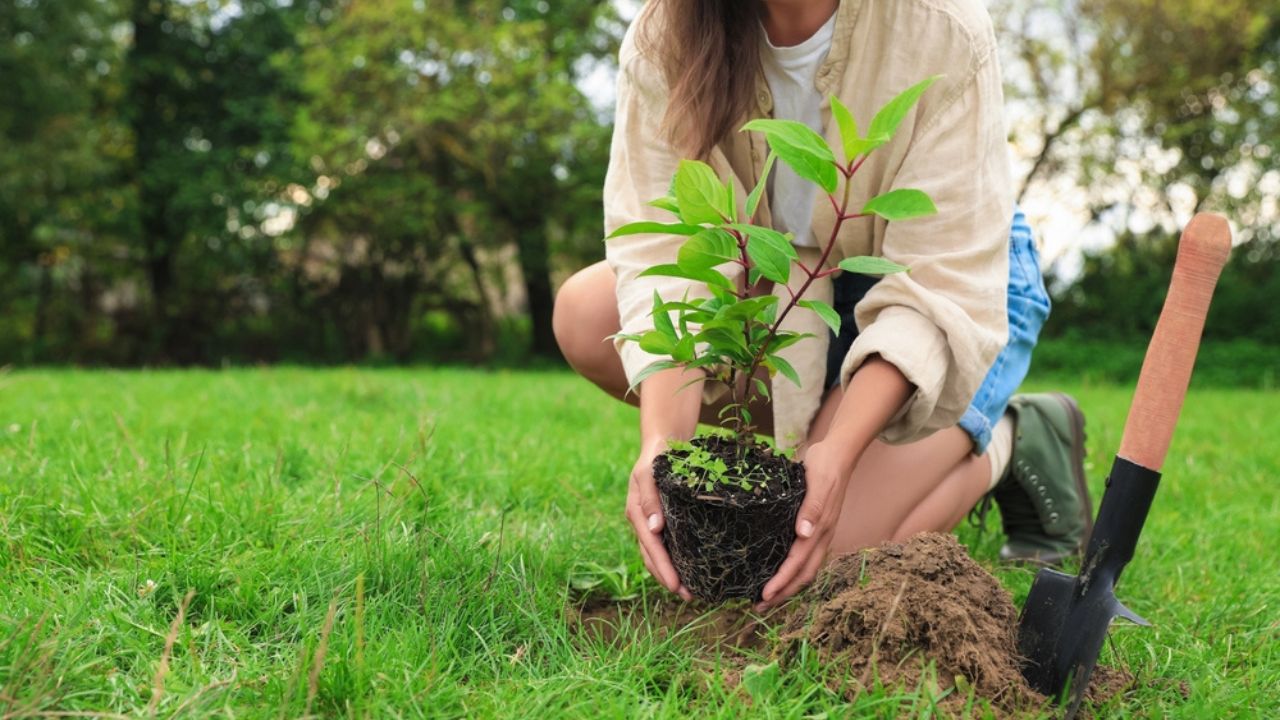
Image Credit: Shutterstock.
Even when you know the new plant will grow in your garden zone, you may have problems if you plant it in the wrong area of your yard (or with the wrong companions).
For example, some plants may get too much water, while others are getting too little because you planted them into the same container or flower bed, even though they had different watering requirements.
2. Letting Weeds Get Out of Control

Image credit: Backyard Garden Lover.
Most gardeners are unaware that weeds can sap water and nutrients from the soil, effectively starving your plants and flowers. Some weeds grow pretty tall and then steal sunlight from your veggies. So, keeping these under control goes a long way towards ensuring your garden can thrive.
Here’s how to get rid of weeds for good!
3. Not Deadheading or Pruning
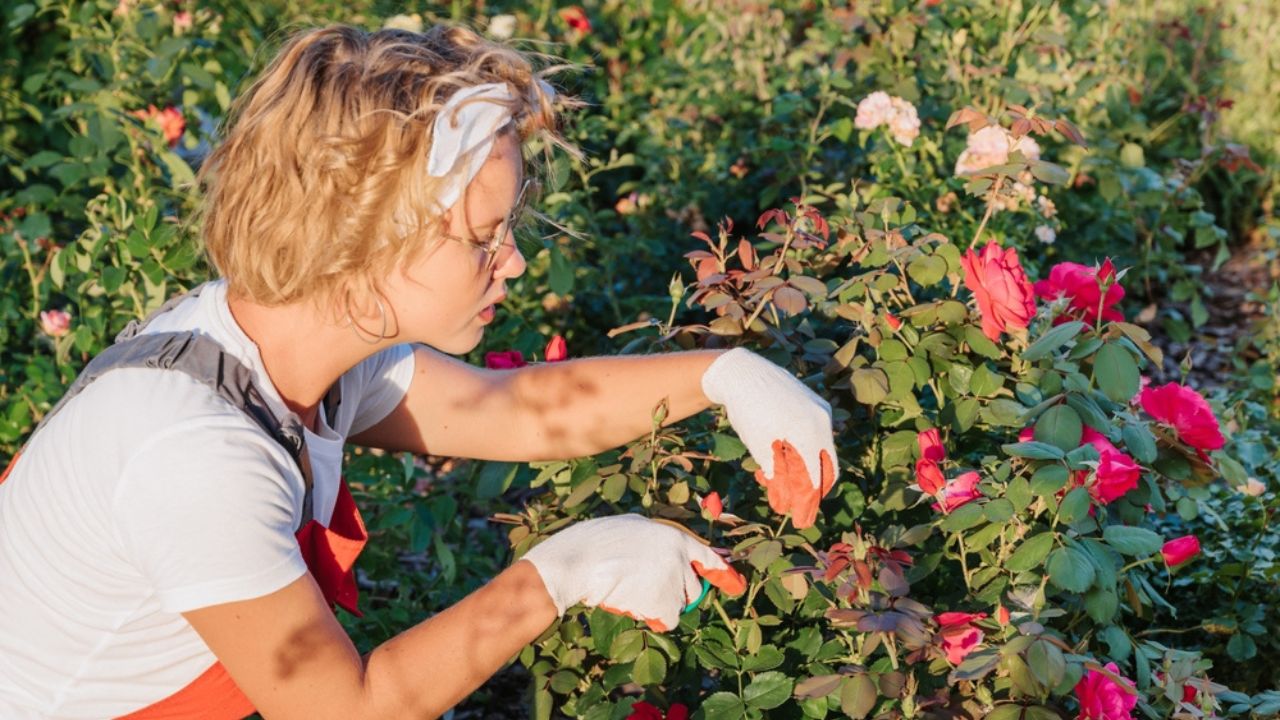
Image Credit: Shutterstock.
Some gardeners are afraid to do anything they feel may hurt their flowers, shrubs, and vegetables. So when they see a dead flower or branch, they hesitate to snip it off because they worry they’ll somehow hurt the plant, causing it to die. The truth is that getting rid of dead flowers and branches actually makes your plants and flowers healthier.
Here are some pruning guides:
4. Overwatering/Underwatering
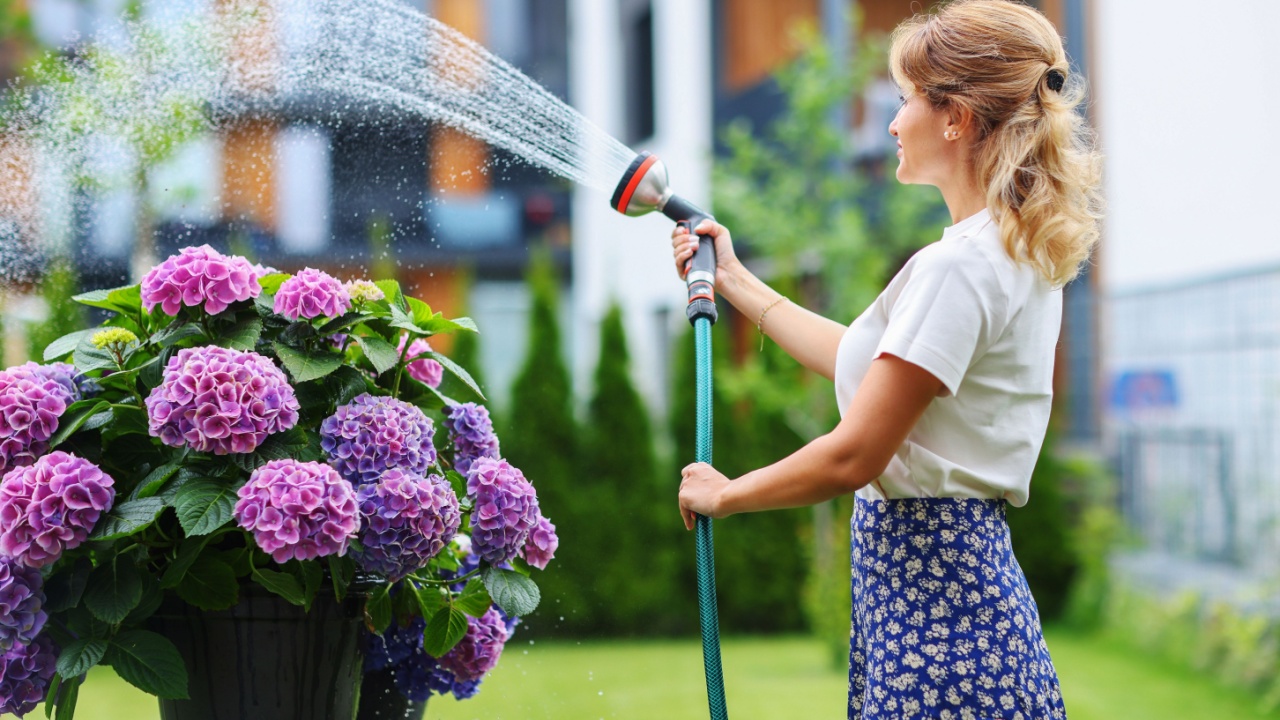
Image Credit: Shutterstock.
Both are bad for your garden. Regularly check soil moisture, ensure proper drainage, and water plants when needed if you want your plants to thrive.
5. Planting Too Deep or Not Deep Enough
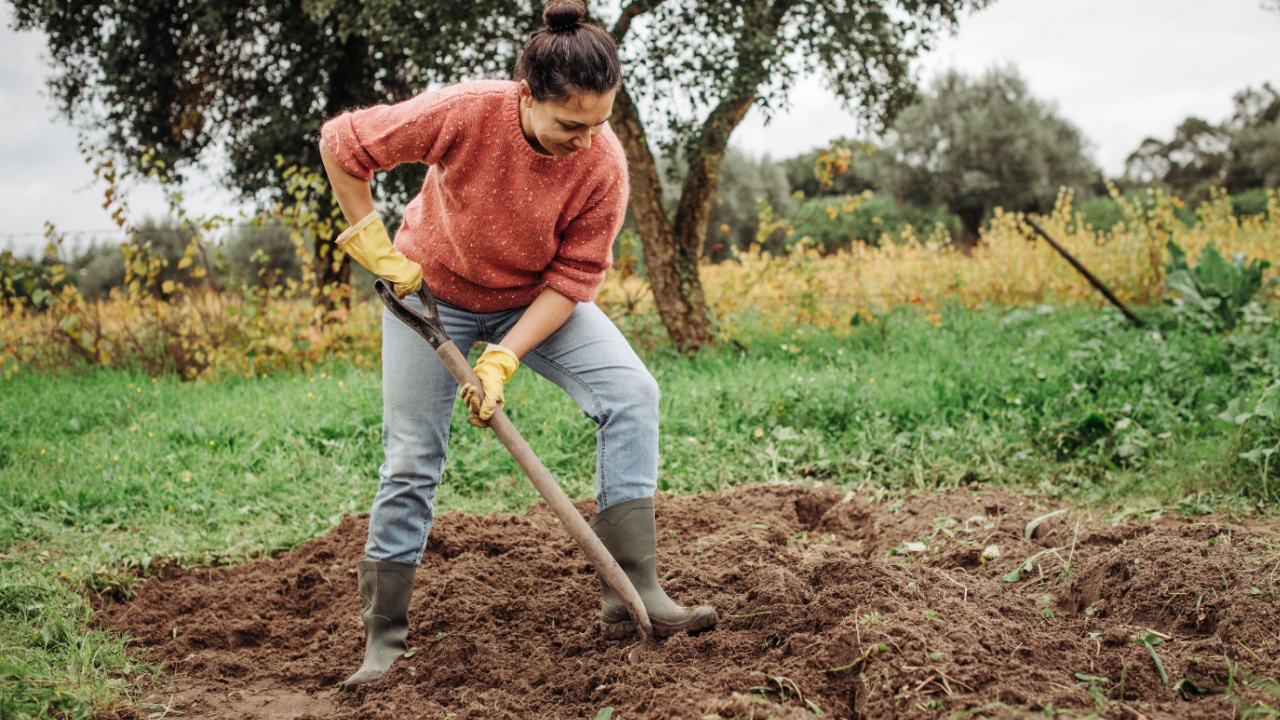
Image Credit: Shutterstock.
Planting seeds too deep can prevent them from germination while planting too shallow might dry and damage the new seedlings. If you plant seedlings, planting too deep will suffocate the roots, while planting too close to the surface will prevent the plant from accessing moisture.
6. Ignoring Sunlight Requirements

Image Credit: Shutterstock.
Neglecting to consider the specific sunlight requirements of plants can result in stunted growth and diminished overall health. Different plants have different sunlight needs; plant accordingly.
7. Using Poor-Quality Soil
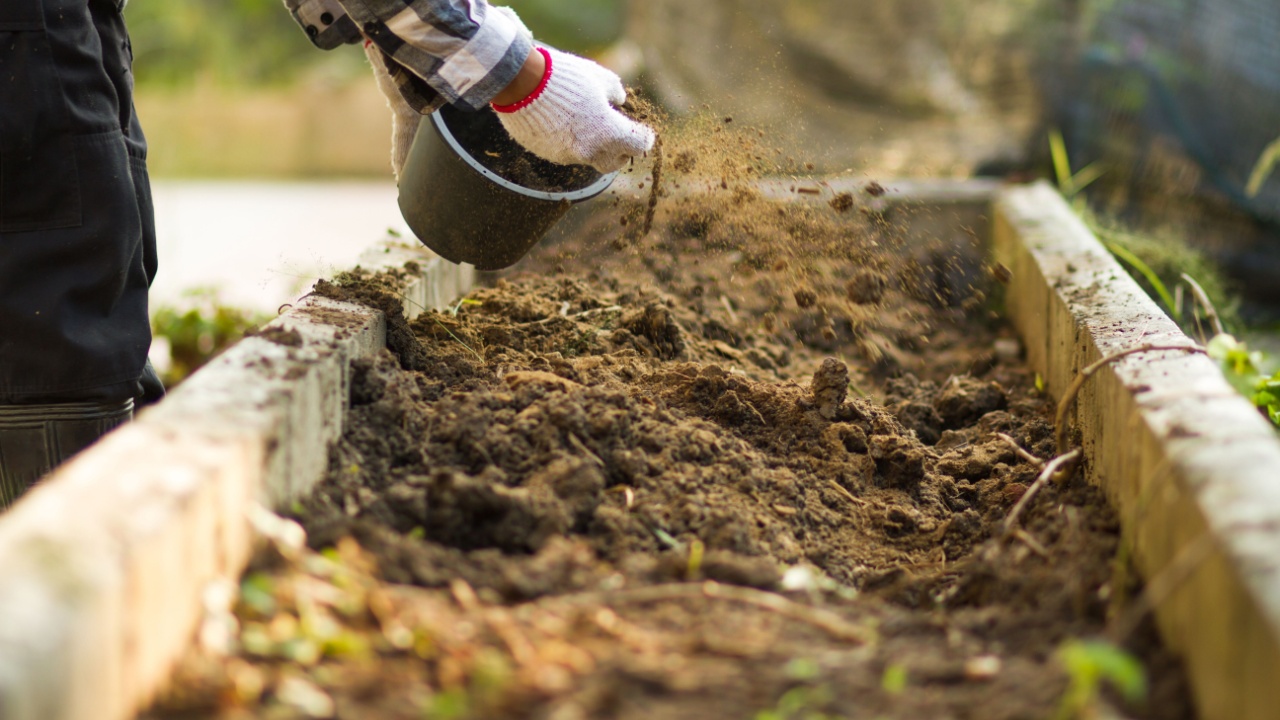
Image Credit: Shutterstock.
Invest in good-quality soil for healthier plants. If the soil lacks nutrients, plants may not grow as tall or produce as many leaves or fruits as they would in nutrient-rich soil. They may also look sickly with yellowing or brown leaves due to nutrient deficiencies or toxicity.
8. Neglecting Mulching
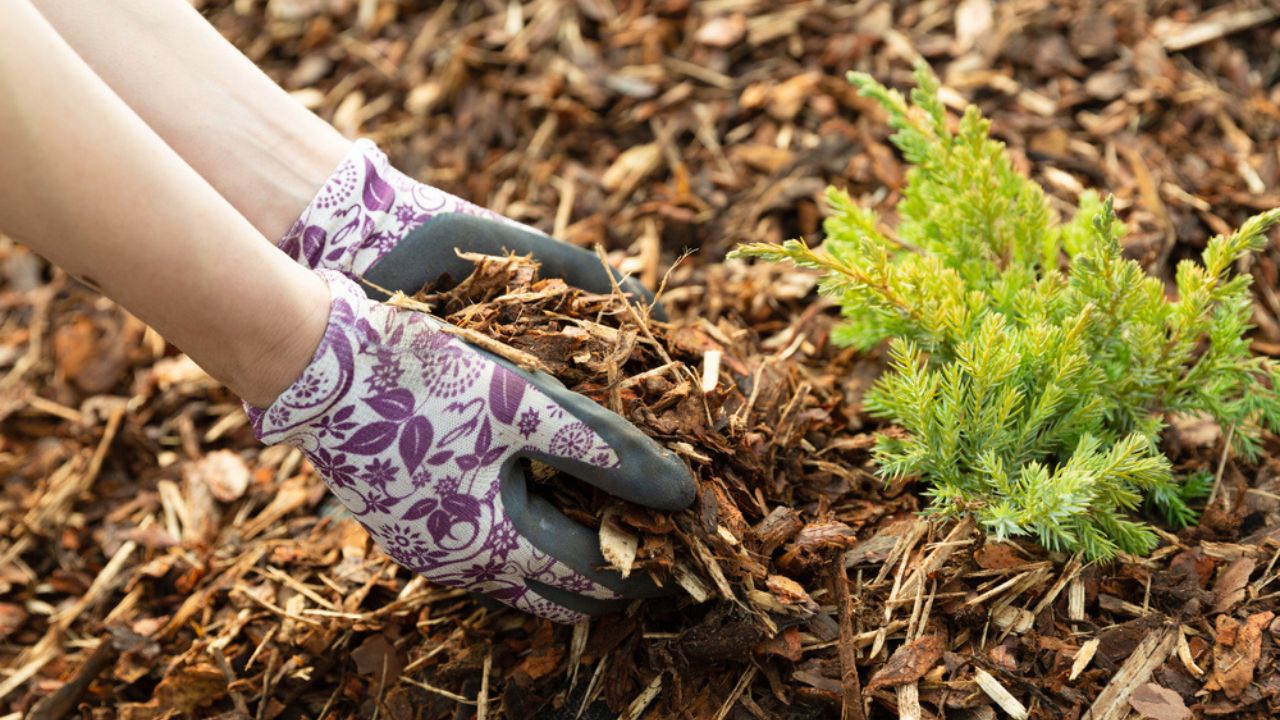
Image Credit: Shutterstock.
Mulch helps retain moisture and suppress weeds. It also gives your garden a finished look. Don’t skip it.
9. Overcrowding Plants
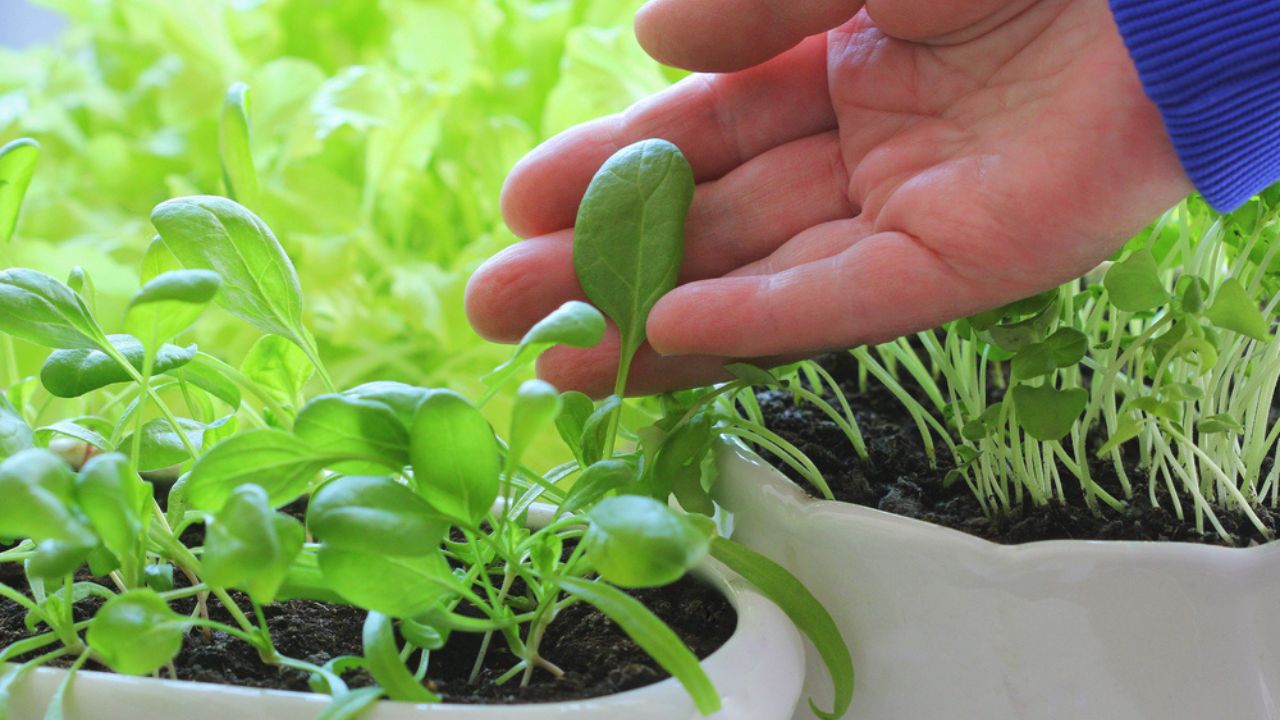
Image Credit: Shutterstock.
Give plants enough space to grow and avoid competition for resources. It also helps you keep weeds under control easier since you can move around the plants freely.
10. Planting Invasive Species

Image Credit: Shutterstock.
Research and avoid planting invasive plants that can harm local ecosystems. Instead, get a list of your state’s native plants and use it to help you choose plants that will thrive in your environment.
11. Neglecting Pest Control
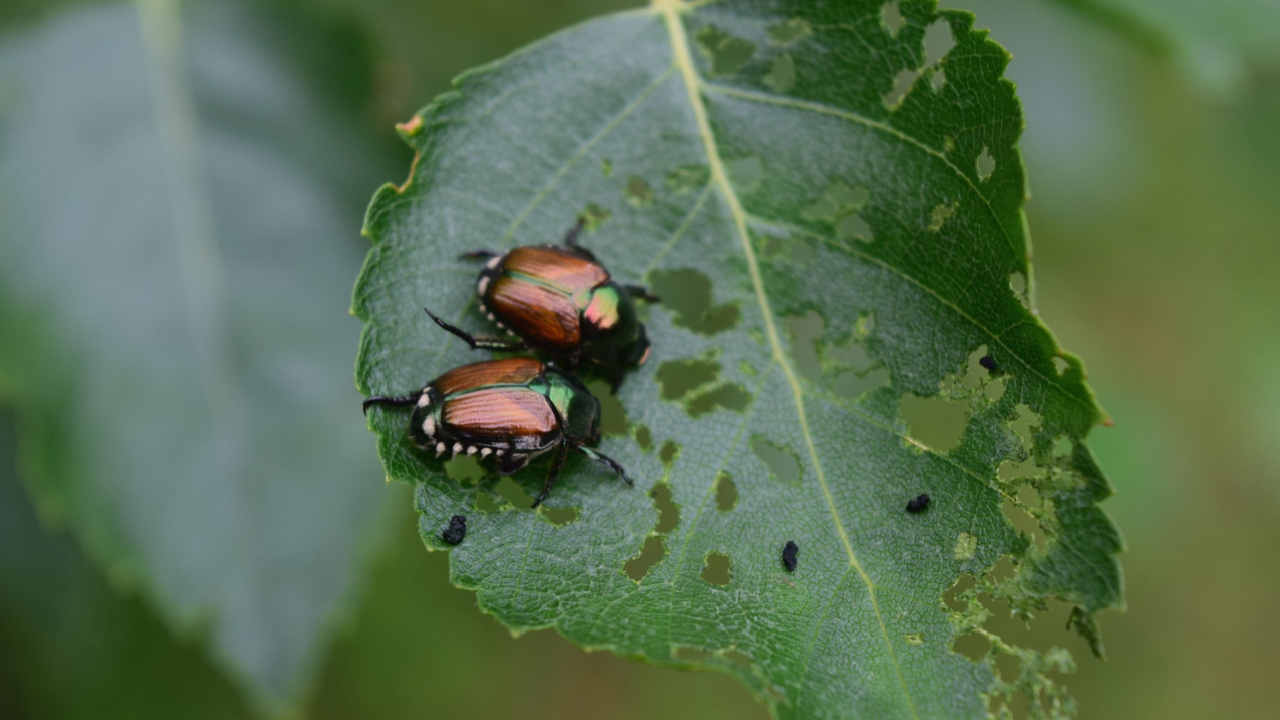
Image Credit: Shutterstock.
Regularly inspect plants for pests and take preventive measures. It’s a lot easier to prevent a pest invasion than to deal with the consequences of infestation, which can lead to damaged crops, weakened plants, and the need for more extensive and potentially harmful pest control measures.
12. Planting Incompatible Species Together

Image Credit: Shutterstock.
Some plants just don’t like growing next to each other, either because of different water or sunlight requirements or because of common diseases. Consider companion planting for better growth.
13. Overlooking Plant Height
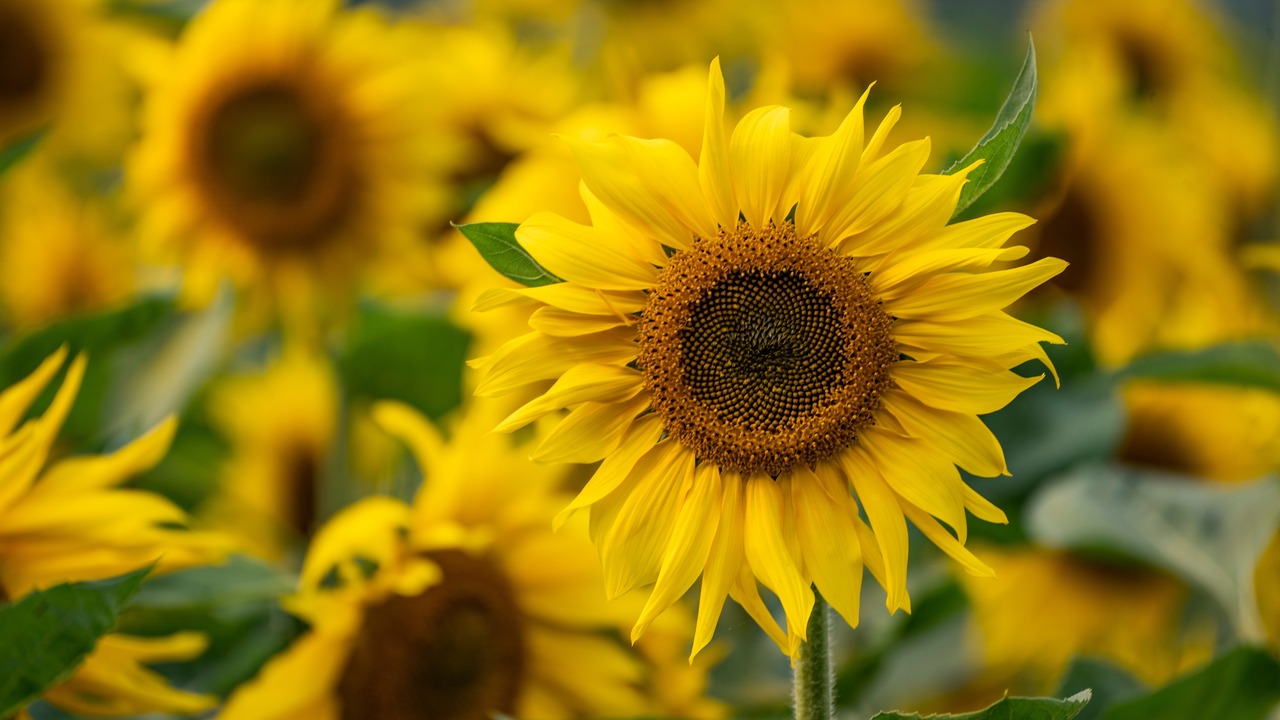
Image Credit: Shutterstock
Be aware of how tall plants will grow to avoid shading smaller ones so that they get the proper sunlight, and you get to see the pretty flowers you planted.
14. Not Labeling Plants
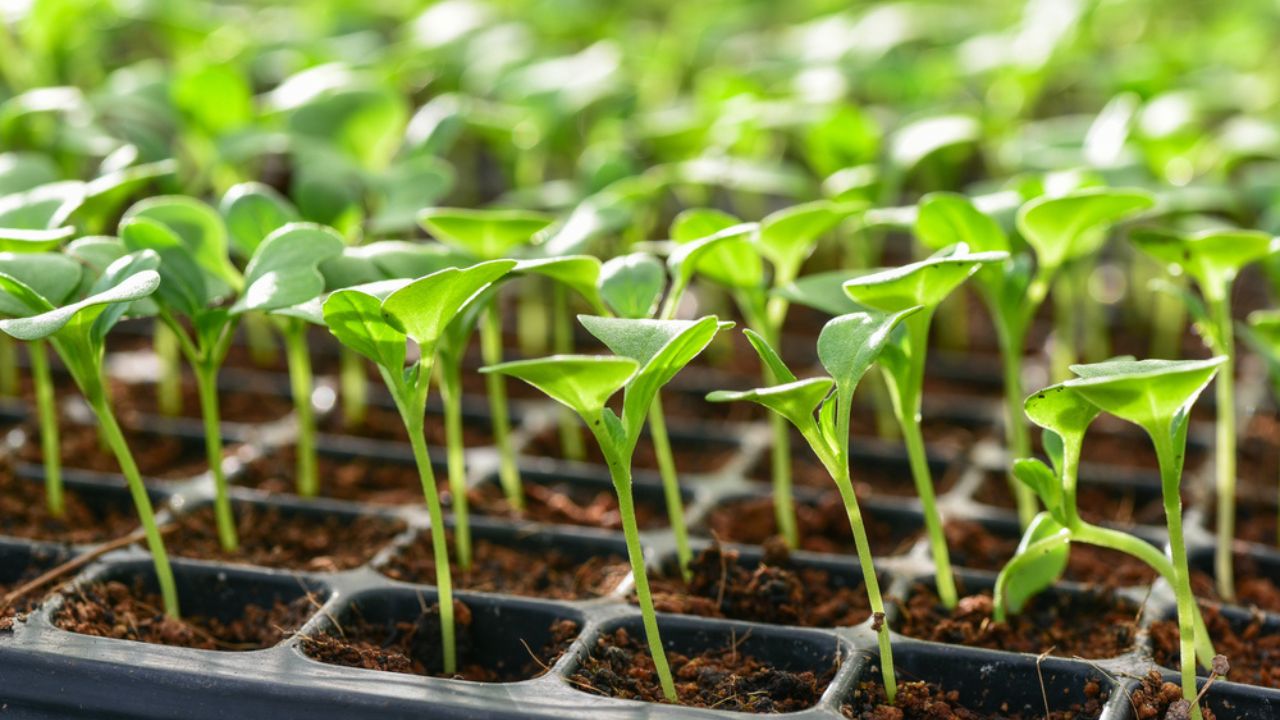
Image Credit: Shutterstock.
Labeling plants helps you remember what’s planted where and ensures you can easily track each plant’s specific care requirements, preventing confusion and enhancing the overall management of your garden space.
15. Not Learning From Your Mistakes
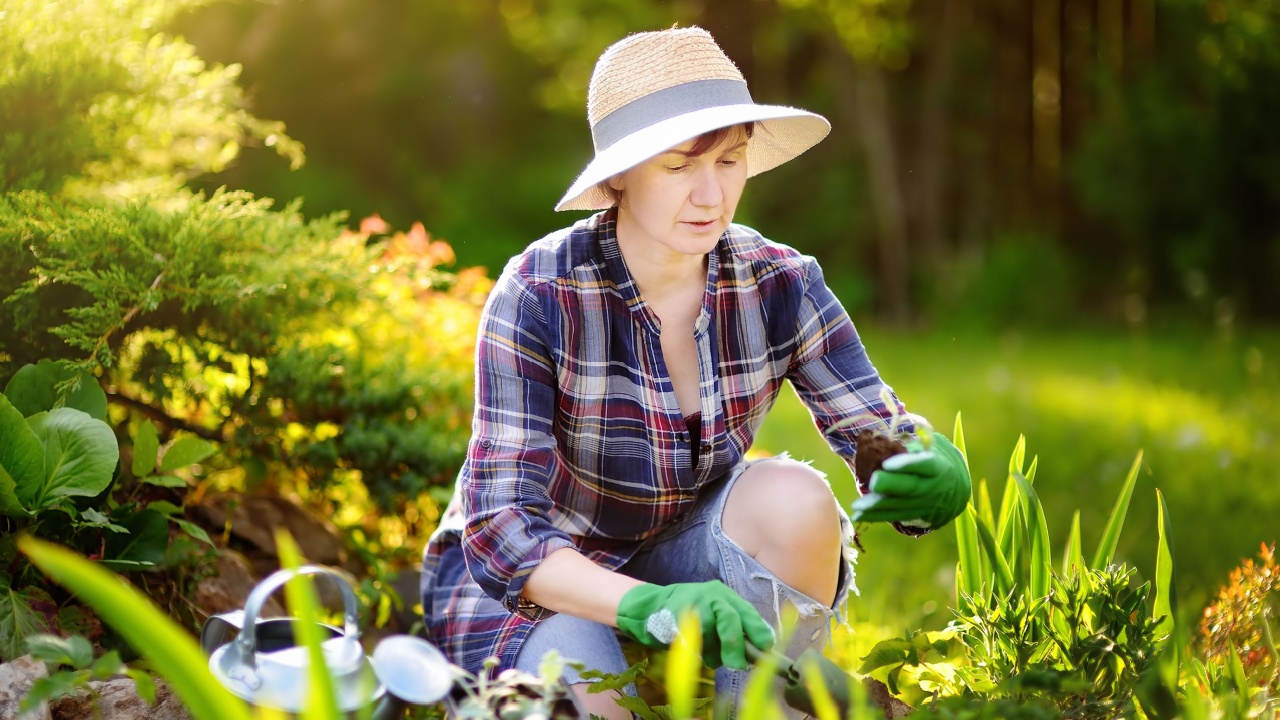
Image Credit: Shutterstock.
We all make mistakes; as long as we learn from them, they are not wasted. Reflect on last year’s gardening challenges and adjust your approach for future success.



Easy Garden Crops For Instant Gratification
Thursday 24th of January 2019
[…] Here are a few garden mistakes you should avoid. […]